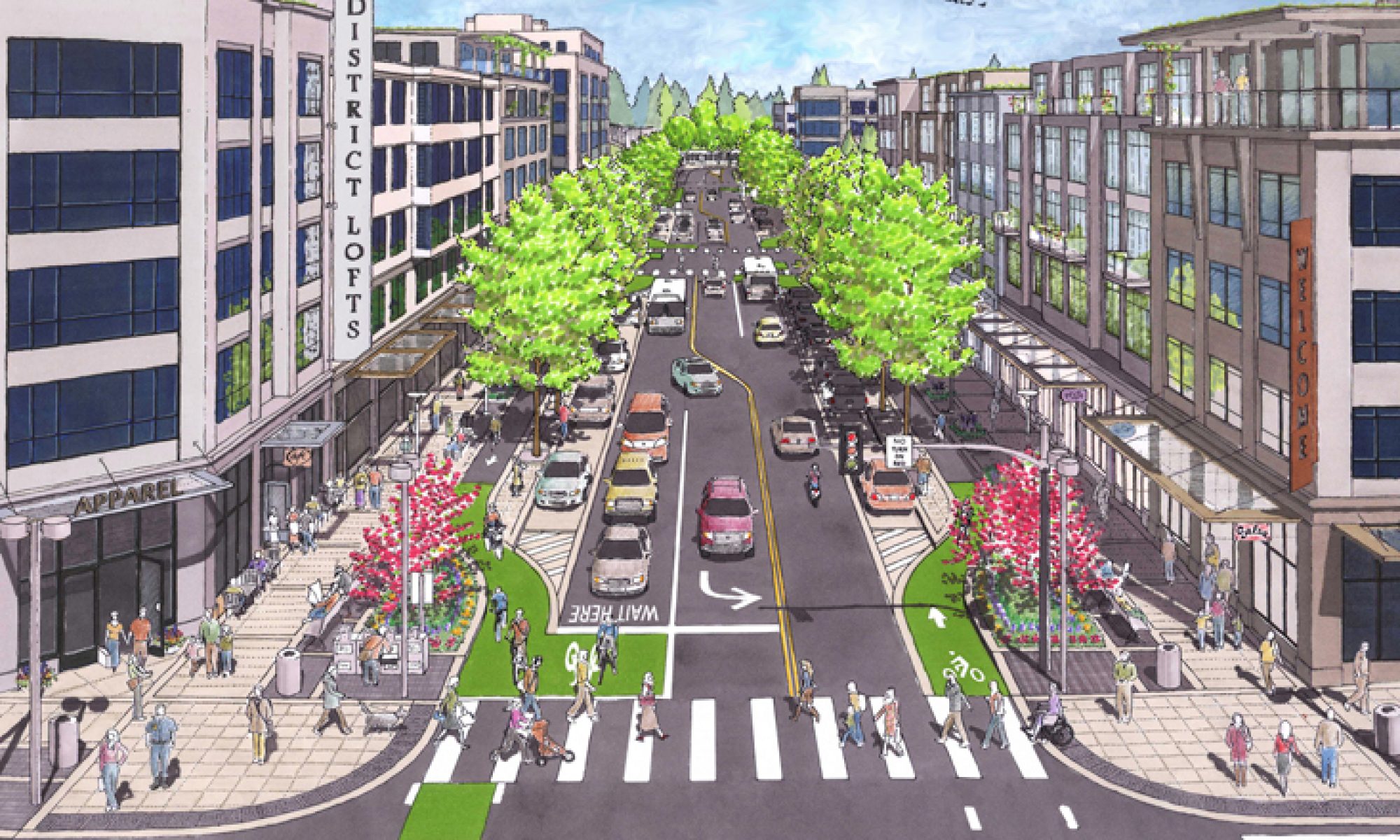To accommodate streets now busier with bikes, as well as facilitate social distancing, some places have installed temporary cycle lanes or closed streets to cars. Pop-up bike lanes have appeared in cities including Berlin, Budapest, Mexico City, New York, Dublin and Bogotá. Governments from New Zealand to Scotland have made funding available for temporary cycle lanes and walkways amid the pandemic. In Brussels, the entire city core will become a priority zone for cyclists and pedestrians from early May for the forseeable future. Meanwhile, temporary street closures to cars have taken place in Brighton, Bogotá, Cologne, Vancouver and Sydney as well as multiple US cities including Boston, Denver and Oakland. In England, restrictions have been lifted to enable and encourage councils to more quickly close streets to cars.
But these, of course, are temporary measures. What will happen when lockdowns are lifted?
Cities that seize this moment to make it easier for people to walk, bike and take public transport will prosper after this pandemic and not simply recover from it – Janette Sadik-Khan
This Twitter thread from @modacity, begins with a post from PhD candidate Brett Petzer.
“It is like watching decades of activism happen in a month. Like watching generations of ‘cycling and walking plans’ or ‘sustainable mobility plans’, which have always been aspirations, turn into facts (literally) overnight.
It has taken a crisis that is new, sudden, total and full of unknowns to break, albeit briefly, the car monopoly on urban space which has been in place for 70-100 years in the rich West…”
Read the tweet here.






















